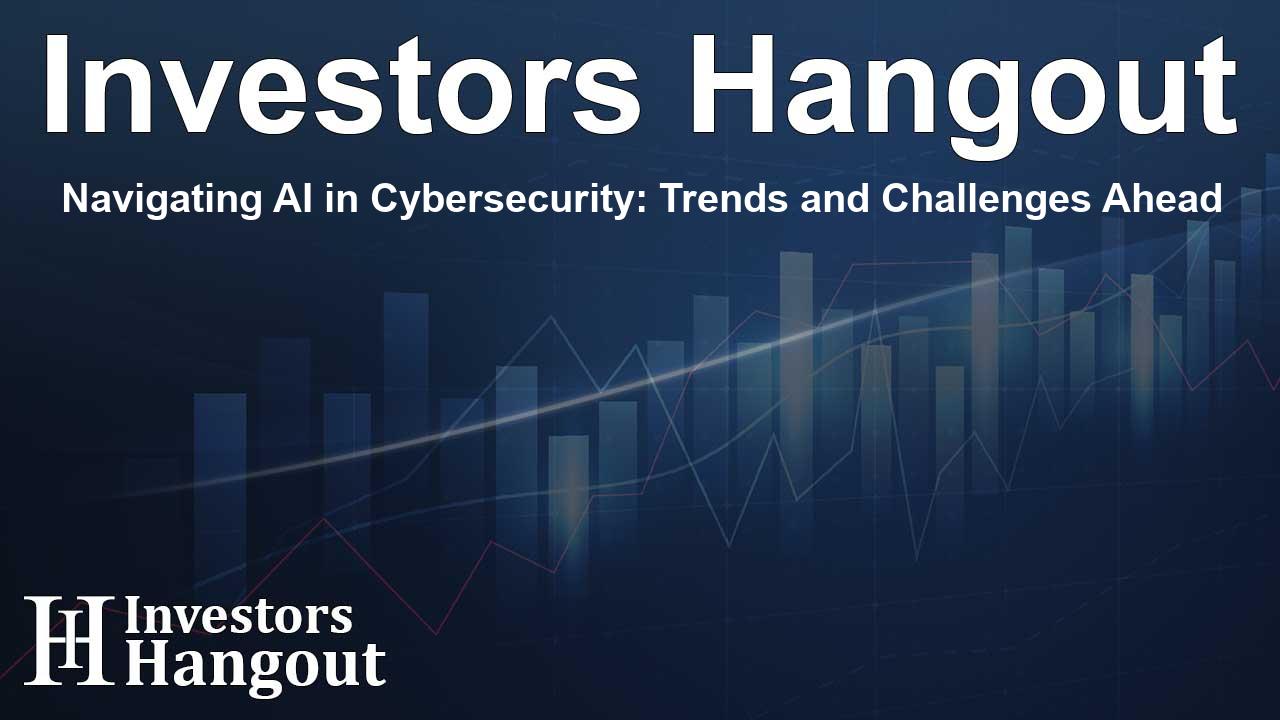Navigating AI in Cybersecurity: Trends and Challenges Ahead

Understanding the Impact of AI on Cybersecurity
The rapid incorporation of artificial intelligence (AI) into cybersecurity strategies is becoming a defining trend among organizations worldwide. Leading the charge is Trend Micro Incorporated, a notable player in the AI cybersecurity space. Their latest research sheds light on the increasing reliance on AI technologies, which are viewed as vital tools in enhancing cybersecurity efforts.
AI Adoption in Cybersecurity Strategies
According to Trend Micro's observations, 81% of businesses have begun using AI-driven tools in their cybersecurity protocols. A further 16% of respondents are actively considering the integration of these tools. This growing interest is driven by the need to automate essential processes, such as asset discovery, risk prioritization, and anomaly detection. The findings suggest that the momentum towards AI adoption within cybersecurity is unstoppable, with 42% of organizations signaling a commitment to leverage AI and automation within the next year.
Benefits Over Challenges
AI offers numerous advantages in the realm of cybersecurity. It empowers organizations to identify and react to threats swiftly and accurately, which is essential given the ever-evolving nature of cyber threats. However, with these advancements come significant concerns. Alarmingly, 94% of companies fear that AI could exacerbate their cyber risk exposure over the next few years. Many of these organizations foresee a rise in the complexity and scale of AI-driven attacks, compelling them to reassess and refine their existing cybersecurity strategies.
Recognizing Potential Risks
Firms are acutely aware of the potential risks posed by advanced AI systems. Key concerns include sensitive data exposure and the ambiguity surrounding how data is processed and stored. Additionally, businesses are vigilant about the prospect of proprietary information being compromised due to untrusted AI models and the challenges of compliance amid a plethora of new endpoints and digital strategies.
The Intersection of AI and Cyber Threats
The launch of the AI category at Trend's Pwn2Own event in Berlin underscored the pressing need for security measures tailored specifically for AI technologies. The event showcased several vulnerabilities in major AI frameworks, including the NVIDIA Triton Inference Server, which highlighted the urgent need for companies to enhance their security protocols as AI becomes increasingly integrated into enterprise systems.
Strategies Moving Forward
As organizations tread the path of AI integration, proactive evaluations of the evolving cyber risk landscape become paramount. Trend Micro emphasizes embedding security practices at every stage of AI systems development, reinforcing the notion that security cannot be an afterthought. This foresight is essential as the complexities of AI-driven cyber threats are likely to grow.
Conclusion: A Balanced Approach to AI in Cybersecurity
The duality of opportunity and peril that AI introduces into the cybersecurity sector calls for a balanced approach. Organizations must harness the advantages that AI provides while robustly addressing the accompanying risks. As firms like Trend Micro continue to lead the charge in cybersecurity innovation, the road ahead will require careful navigation to achieve organizational safety in an increasingly digital landscape.
Frequently Asked Questions
What is the current trend of AI in cybersecurity?
Many organizations are integrating AI into their cybersecurity strategies, enhancing their defenses against cyber threats.
How do businesses view the risks associated with AI?
There is a widespread belief that AI could increase cyber risk exposure, with many anticipating more complex attacks in the future.
What specific AI tools are companies using for security?
Companies are utilizing AI for automated asset discovery, risk prioritization, and anomaly detection, among other applications.
What challenges do organizations face with AI adoption?
Concerns regarding data exposure, compliance, and the risk of untrusted AI models are significant challenges for organizations implementing AI.
How essential is proactive evaluation of risk in AI?
Proactive evaluations are critical for organizations to understand the evolving risks associated with deploying AI systems effectively.
About The Author
Contact Addison Perry privately here. Or send an email with ATTN: Addison Perry as the subject to contact@investorshangout.com.
About Investors Hangout
Investors Hangout is a leading online stock forum for financial discussion and learning, offering a wide range of free tools and resources. It draws in traders of all levels, who exchange market knowledge, investigate trading tactics, and keep an eye on industry developments in real time. Featuring financial articles, stock message boards, quotes, charts, company profiles, and live news updates. Through cooperative learning and a wealth of informational resources, it helps users from novices creating their first portfolios to experts honing their techniques. Join Investors Hangout today: https://investorshangout.com/
The content of this article is based on factual, publicly available information and does not represent legal, financial, or investment advice. Investors Hangout does not offer financial advice, and the author is not a licensed financial advisor. Consult a qualified advisor before making any financial or investment decisions based on this article. This article should not be considered advice to purchase, sell, or hold any securities or other investments. If any of the material provided here is inaccurate, please contact us for corrections.
